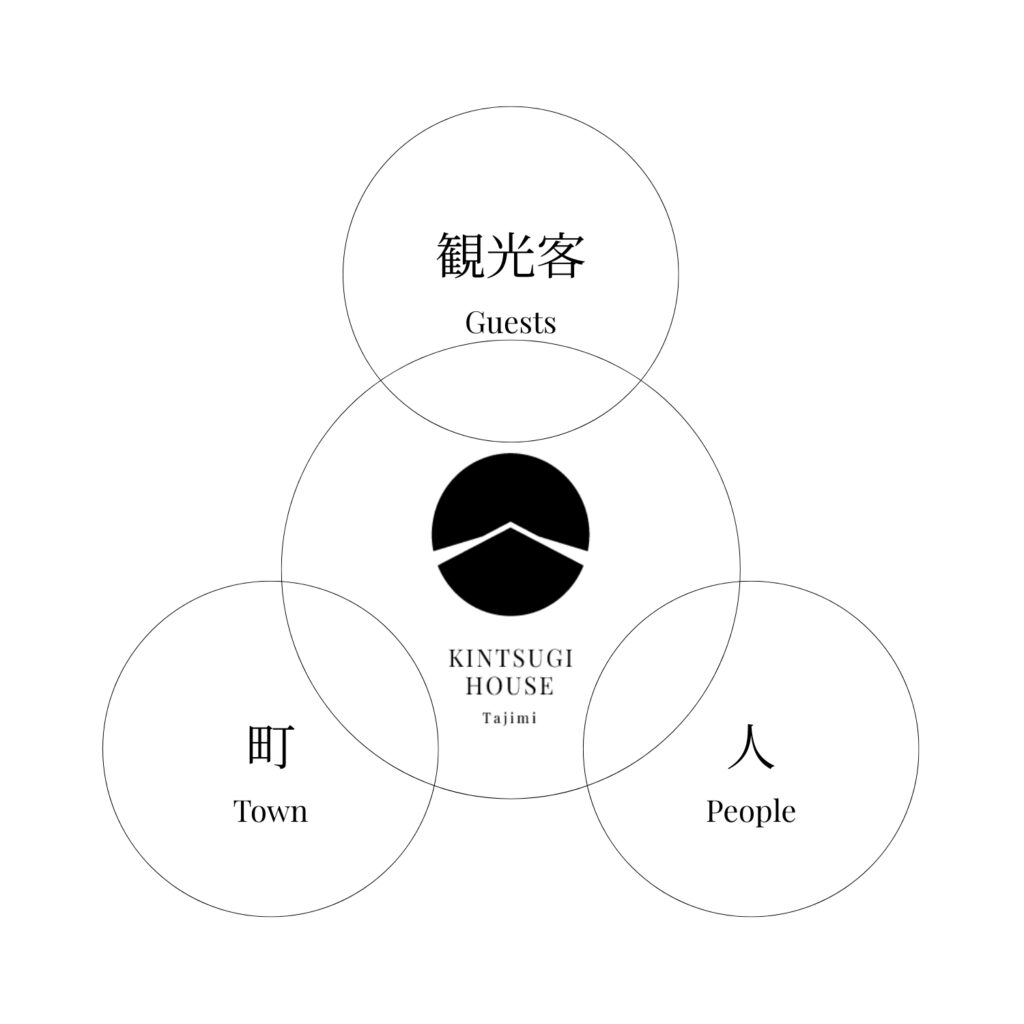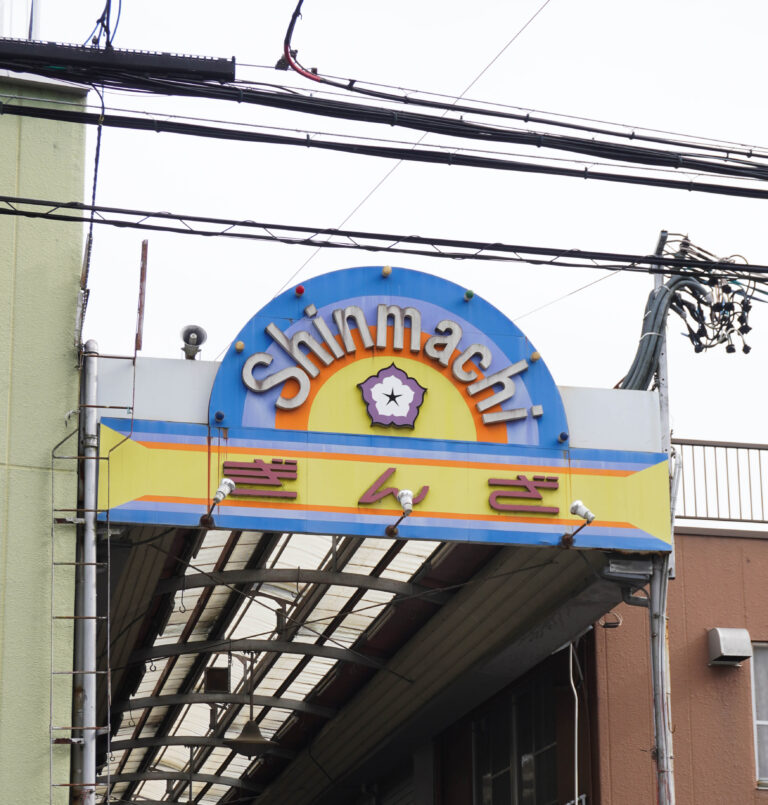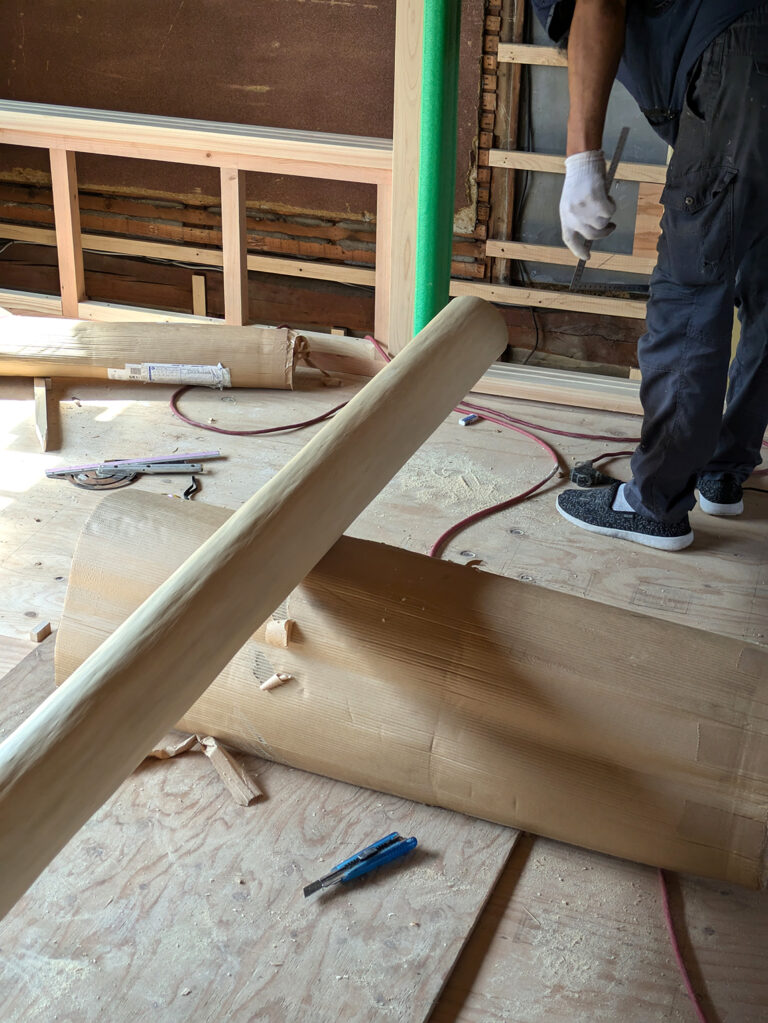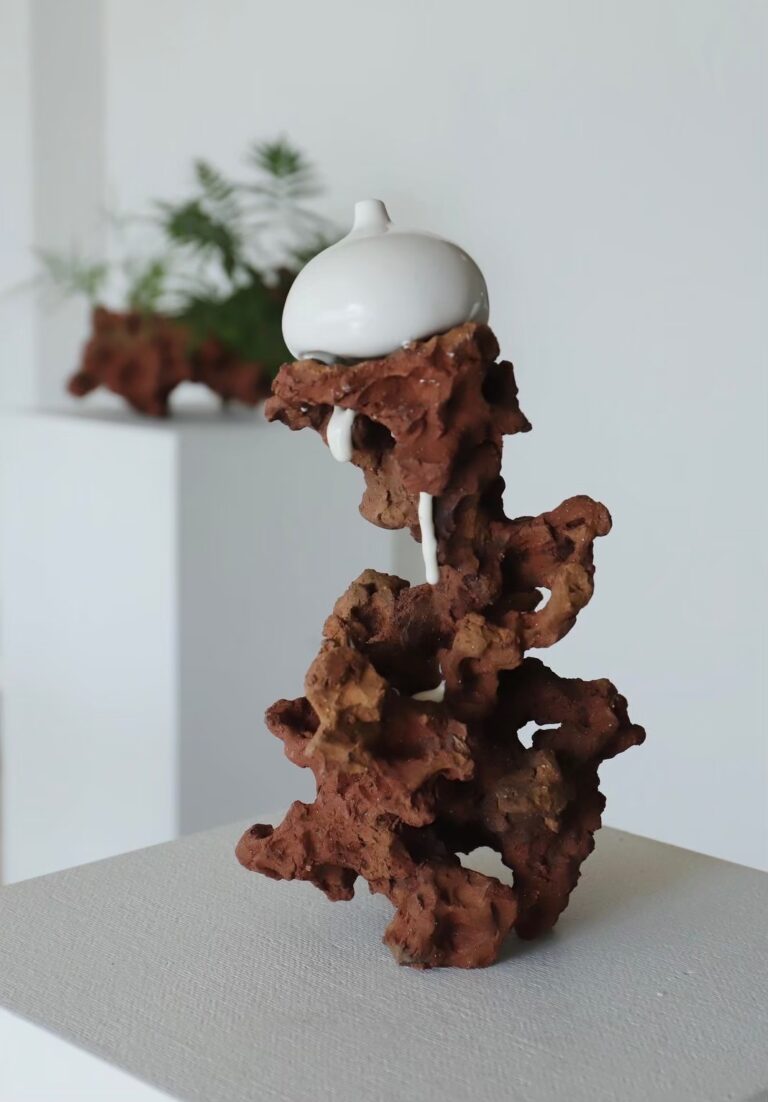
Concept
Kintsugi is a repairing technique used to mend ceramics with lacquer and gold leaf. It accentuates rather than conceals the repair work, with the golden lines tracing the cracked pieces as they are reassembled. With functionality and form regained, the object takes the new identity of being a repaired object and has distinct characteristics and beauty in this state, while maintaining the essence of the original object.
The concept of kintsugi is borrowed to help bring guests, locals, and Tajimi together. The building renovation is also inspired by kintsugi. Some areas of the building’s repair work are not hidden but accentuated as an aesthetic choice. Guests will be able to see the old materials and the mended and reformed parts come together to restore the building to a functional space.

Tajimi
Tajimi is a niche destination for ceramic enthusiasts. Tajimi is located in the historically important Mino Valley where kilns have been fired continuously for the last 1300 years. Starting from woodfired kilns dug up in the hillside to gas and electric kilns today, the Mino Valley boasts a 60% of market share of Japanese-made ceramic goods, including tiles, tableware, high-tech ceramics, handmade tableware, ceramic art, and tea ceremony bowls. With the rise of ceramic manufacturing, Tajimi maintained a strong cultural and artistic ceramic identity. There have been four national treasures from the area and a large group of contemporary ceramic artists and craft practitioners, many active across Japan and a few globally recognised. This diversity of ceramic practices makes Tajimi an essential site for ceramic enthusiasts, from novices to restaurant owners, interior designers, art collectors, and business people.
The concept of kintsugi is borrowed to help bring guests, locals, and Tajimi together. The building renovation is also inspired by kintsugi. Some areas of the building’s repair work are not hidden but accentuated as an aesthetic choice. Guests will be able to see the old materials and the mended and reformed parts come together to restore the building to a functional space.

We Aim to Contribute to a Repairing City
Other than Tajimi’s rich cultural ceramic history and industry. Tajimi is a city experiencing a range of social issues seen broadly across Japan.
Visitors can immerse and observe
– Ageing population
– Shrinking population
– Downsizing of manufacturing due to globalization
– The changing tides of traditional vs new culture
For people who have visited Japan many times and are well-versed in the major cities and tourist attractions, Tajimi offers the chance to experience the ‘real’ Japan. Tajimi has the authenticity of a city that is struggling to maintain its population under the pressures of urbanization in a nation with a declining population. Coupled with the steady decline of the ceramics industry since its peak in the early 90s, the city has many traces of its heyday era. Empty strip
malls and unused old buildings sit alongside new high-rises catering to the Nagoya commuters. However, young, optimistic minds, artists, designers, and small businesses have organically gathered in the city to fill these vacant spaces and infuse new energy into the city. In the last 5 years, many new, vibrant and businesses have opened throughout the city. These spaces are mending the city together and adding a new layer to Tajimi’s layered histories, making it exciting and enjoyable. Kintsugi House will join this layer and help mend and connect the city.

About the host
Ion Fukazawa
I’m a ceramic artist raising my young family in Tajimi, Japan. My love for ceramics and travel brought me to open Kintsugi House in 2024. I’m excited to show you the hospitality and charm of our town! The best part of my other work as an interpreter/translator and tour guide for over a decade is helping people connect layers of historical context to the present.
